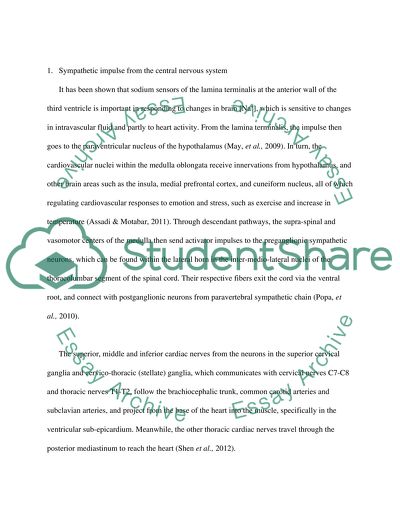Cite this document
(“Brief overview on the studies on the cardiac nervous system Dissertation”, n.d.)
Brief overview on the studies on the cardiac nervous system Dissertation. Retrieved from https://studentshare.org/health-sciences-medicine/1400501-immunohistochemical-pattern-of-the-intrinsic
Brief overview on the studies on the cardiac nervous system Dissertation. Retrieved from https://studentshare.org/health-sciences-medicine/1400501-immunohistochemical-pattern-of-the-intrinsic
(Brief Overview on the Studies on the Cardiac Nervous System Dissertation)
Brief Overview on the Studies on the Cardiac Nervous System Dissertation. https://studentshare.org/health-sciences-medicine/1400501-immunohistochemical-pattern-of-the-intrinsic.
Brief Overview on the Studies on the Cardiac Nervous System Dissertation. https://studentshare.org/health-sciences-medicine/1400501-immunohistochemical-pattern-of-the-intrinsic.
“Brief Overview on the Studies on the Cardiac Nervous System Dissertation”, n.d. https://studentshare.org/health-sciences-medicine/1400501-immunohistochemical-pattern-of-the-intrinsic.


